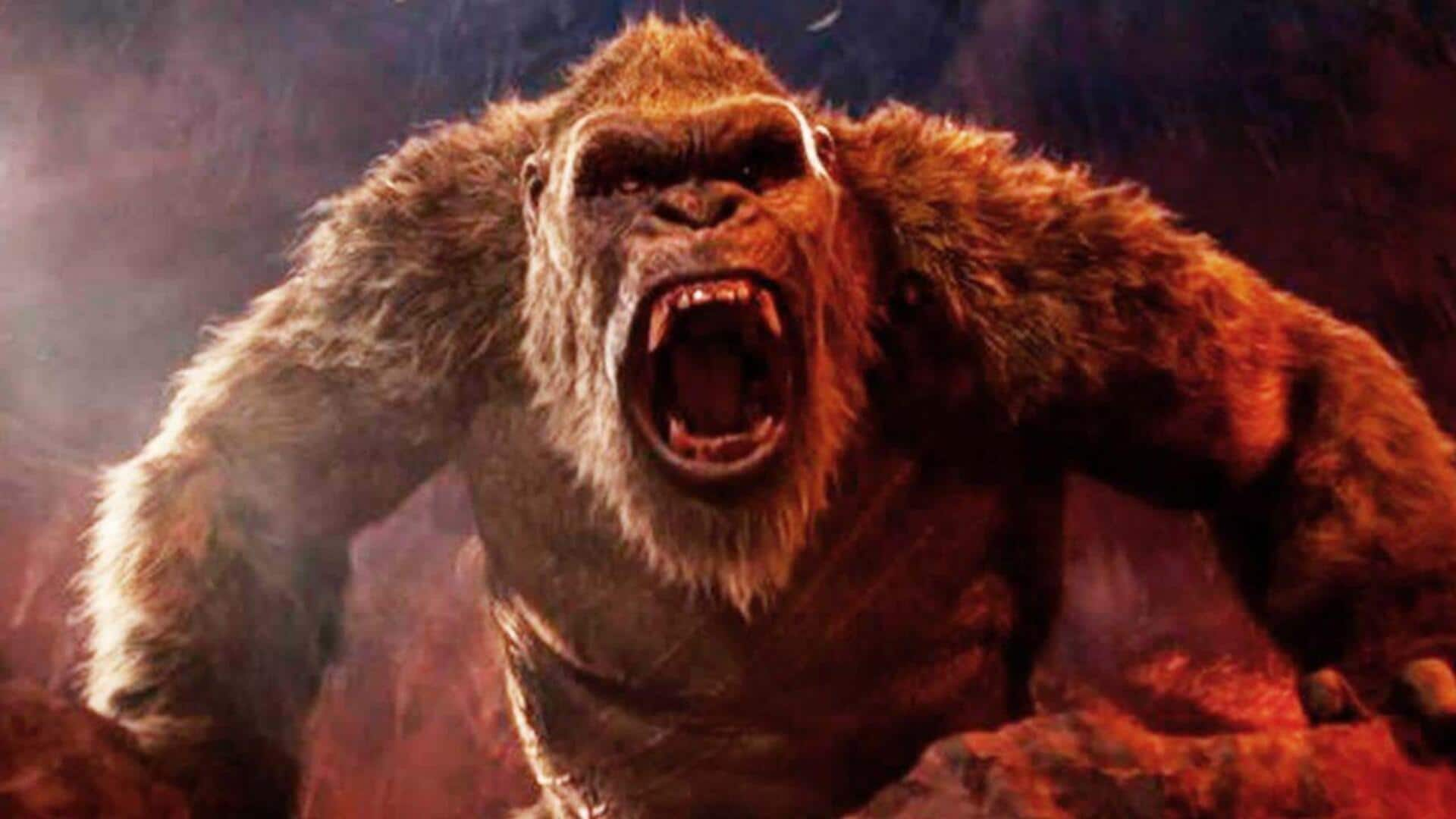
King Kong through the ages, from stop-motion to CGI
What's the story
Since it first burst onto the screens in the early 20th century, King Kong has been a dominating presence in US cinema. The iconic giant ape has taken on many forms over the decades, mirroring the evolution of technology, storytelling, and the audience's appetite. From stop-motion animation to contemporary CGI wizardry, King Kong still mesmerizes audiences with its adventure and heart. Here's a look at the evolution of King Kong through the ages.
#1
'King Kong' 1933: A cinematic marvel
The original King Kong, 1933, was a game-changing film. It used innovative stop-motion animation techniques, which were revolutionary. Directed by Merian C. Cooper and Ernest B. Schoedsack, the film took audiences to Skull Island and the giant ape who would become a cultural icon. The film's success was not just because of special effects but also a compelling narrative, which blended adventure with a touch of romance.
#2
Technological advancements: The 1976 remake
In 1976, King Kong made a comeback on the big screen with a remake directed by John Guillermin. This version capitalized on the emerging animatronics and visual effects technology of the era. While it kept the crux of the original story, it modernized some aspects to cater to the then-audiences. Despite critics's mixed reviews, this adaptation showed how technology can elevate storytelling.
#3
Modern era: CGI brings new life
The turn of the millennium witnessed another revival with Peter Jackson's 2005 adaptation of King Kong. This version employed cutting-edge CGI technology to create more realistic depictions of both King Kong himself and his environment on Skull Island. With an expanded storyline diving deeper into character development and emotional depth, this iteration was critically acclaimed for its visual spectacle, as well as narrative complexity.
#4
Recent adaptations: Expanding universes
In recent years, King Kong has become a part of larger cinematic universes, such as Legendary Entertainment's MonsterVerse series, which started with Kong: Skull Island (2017). These films have broadened traditional narratives by adding new characters to the mix, while retaining core elements associated with King Kong lore, such as his battle against human encroachment on nature or fights against other monstrous creatures in these shared universes.